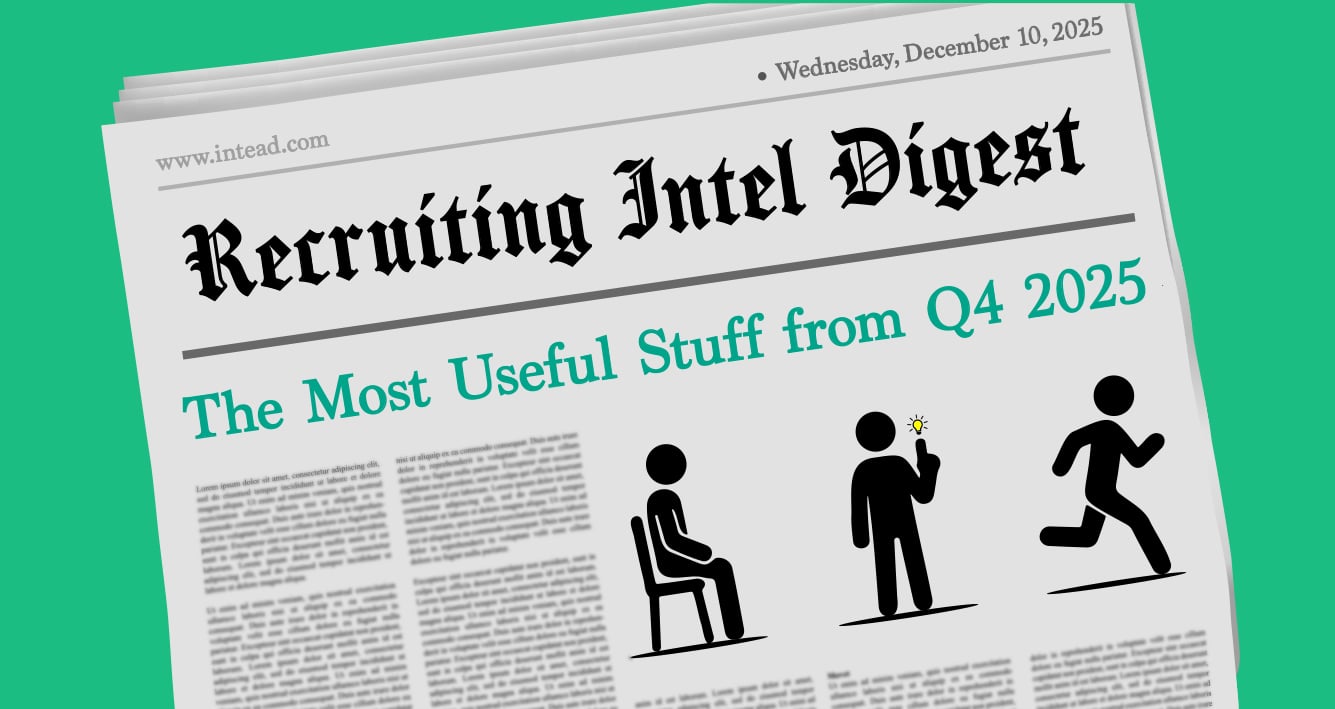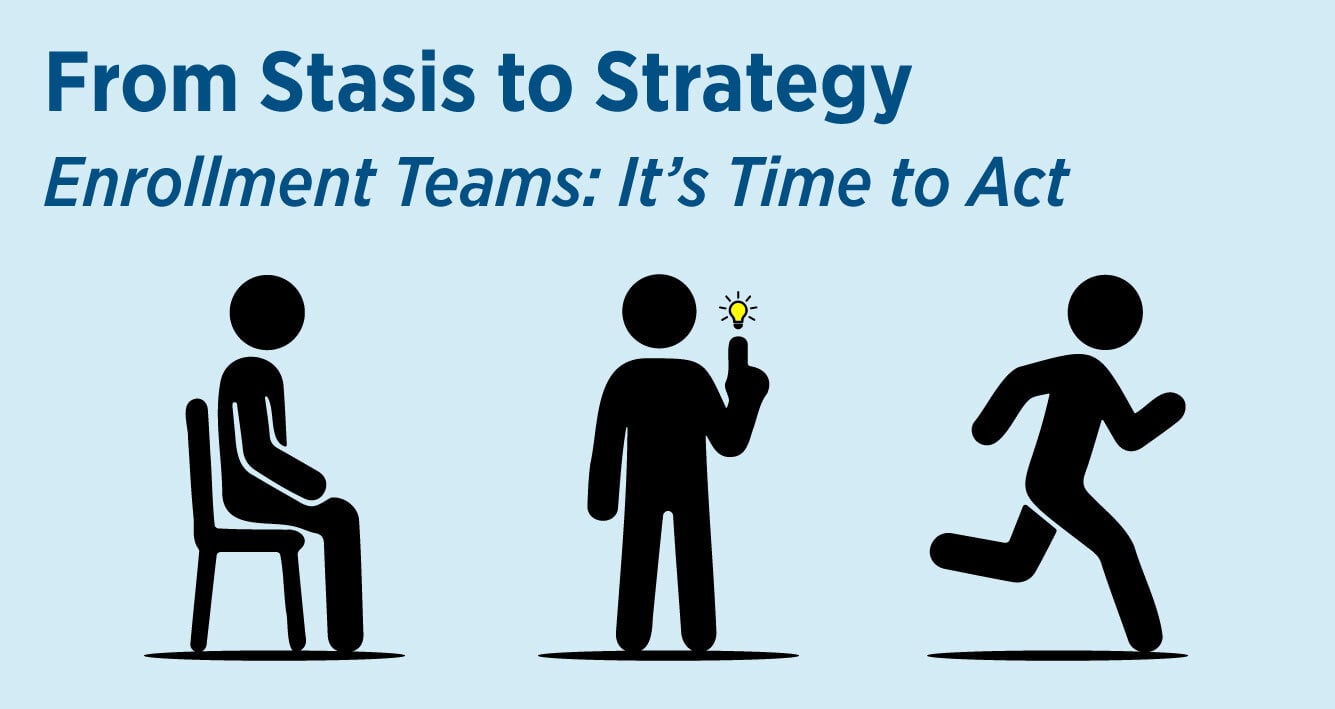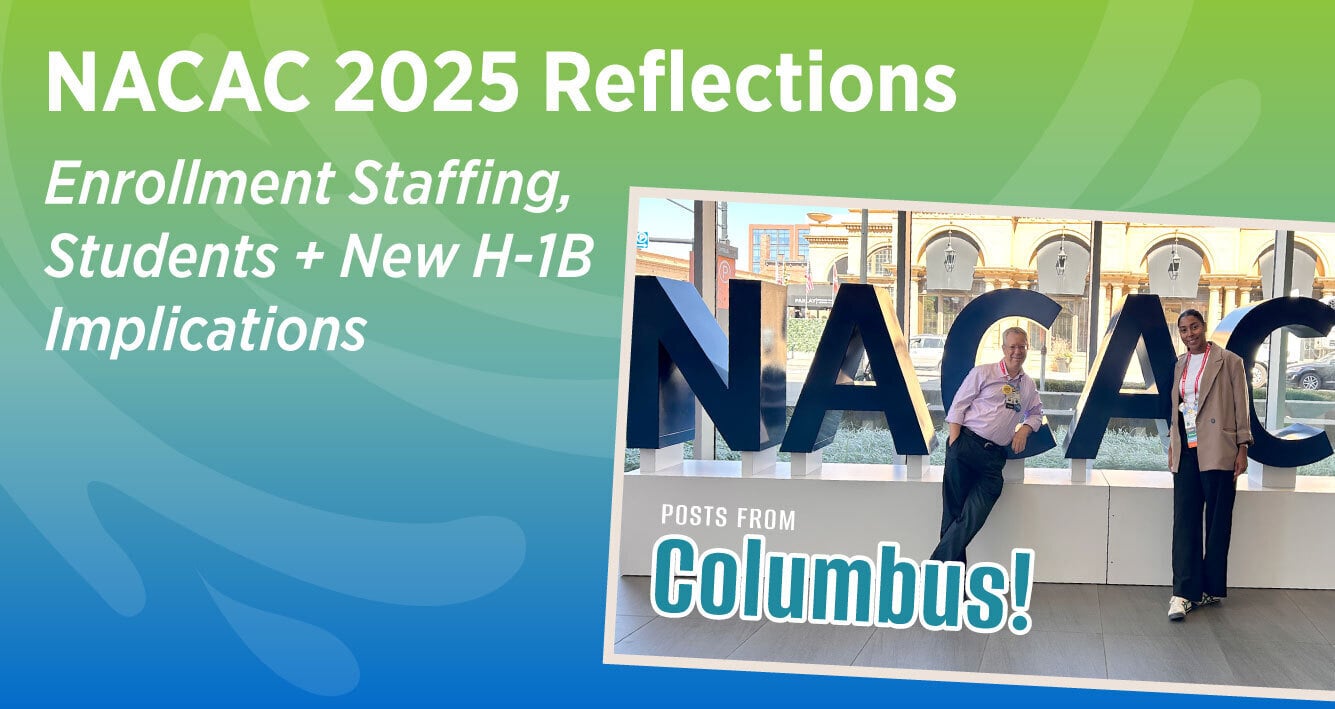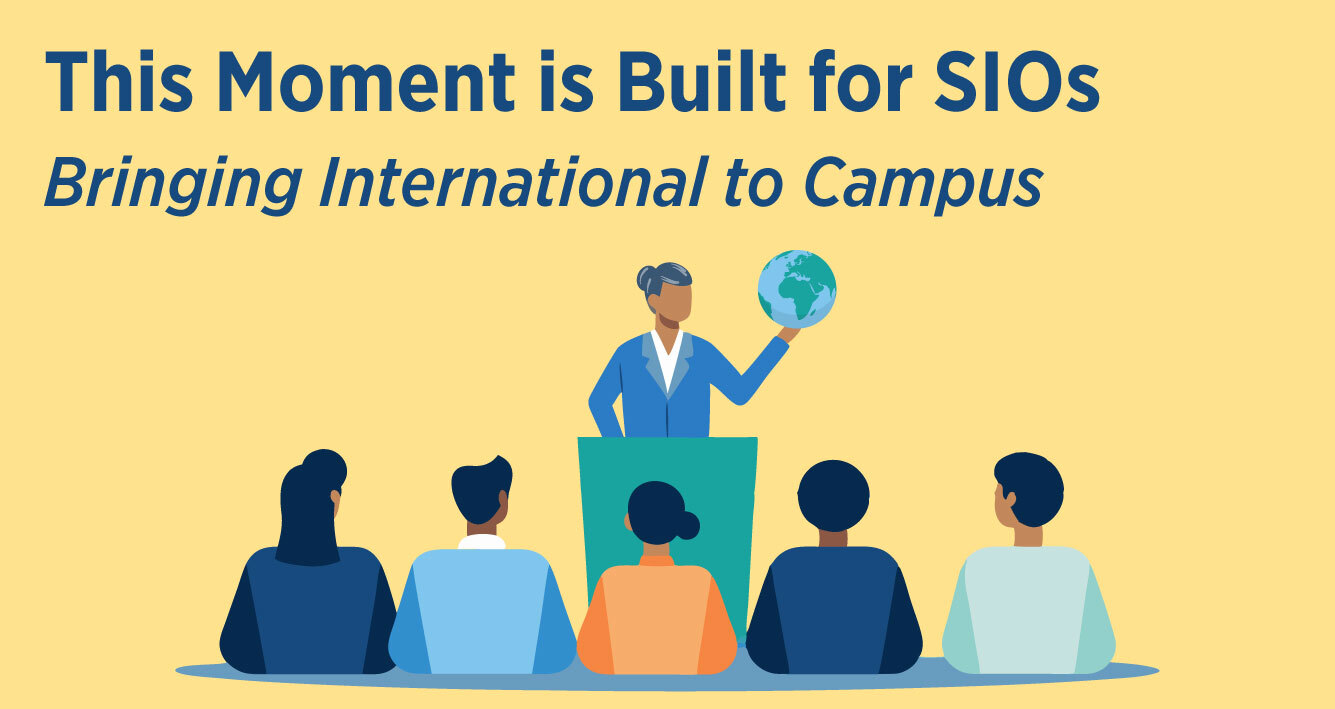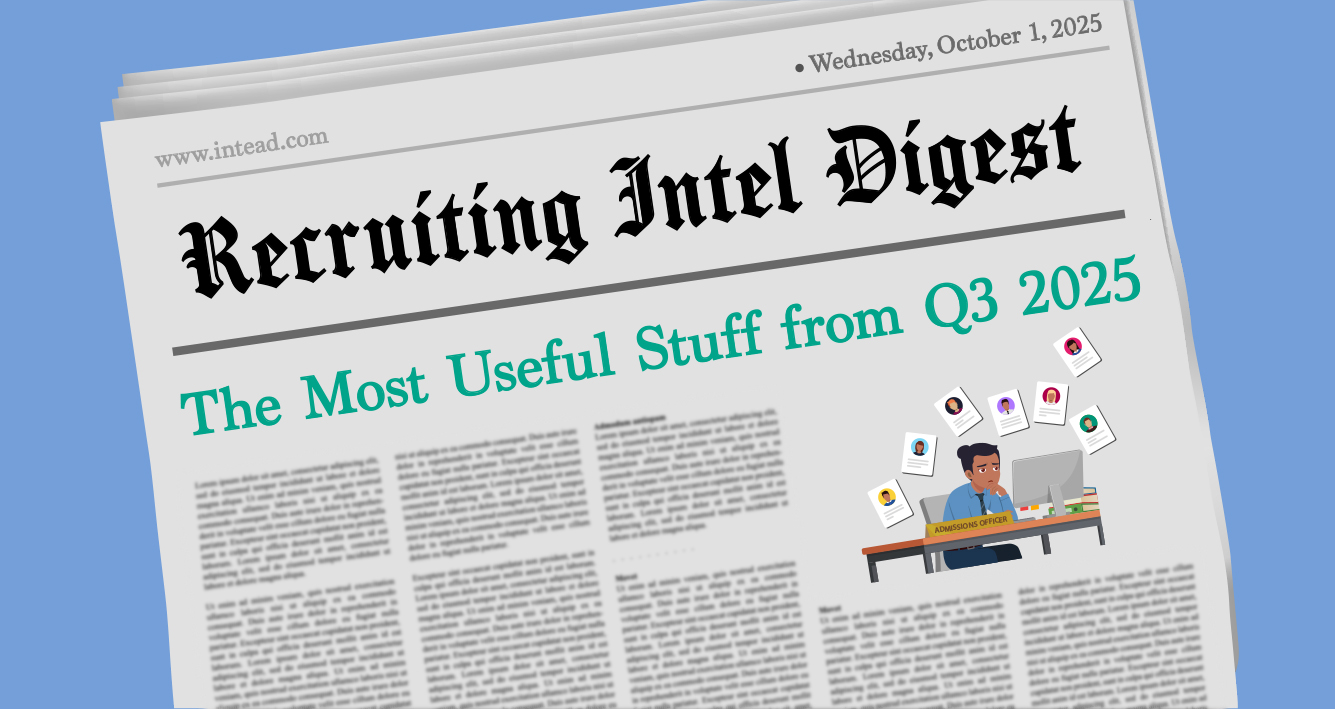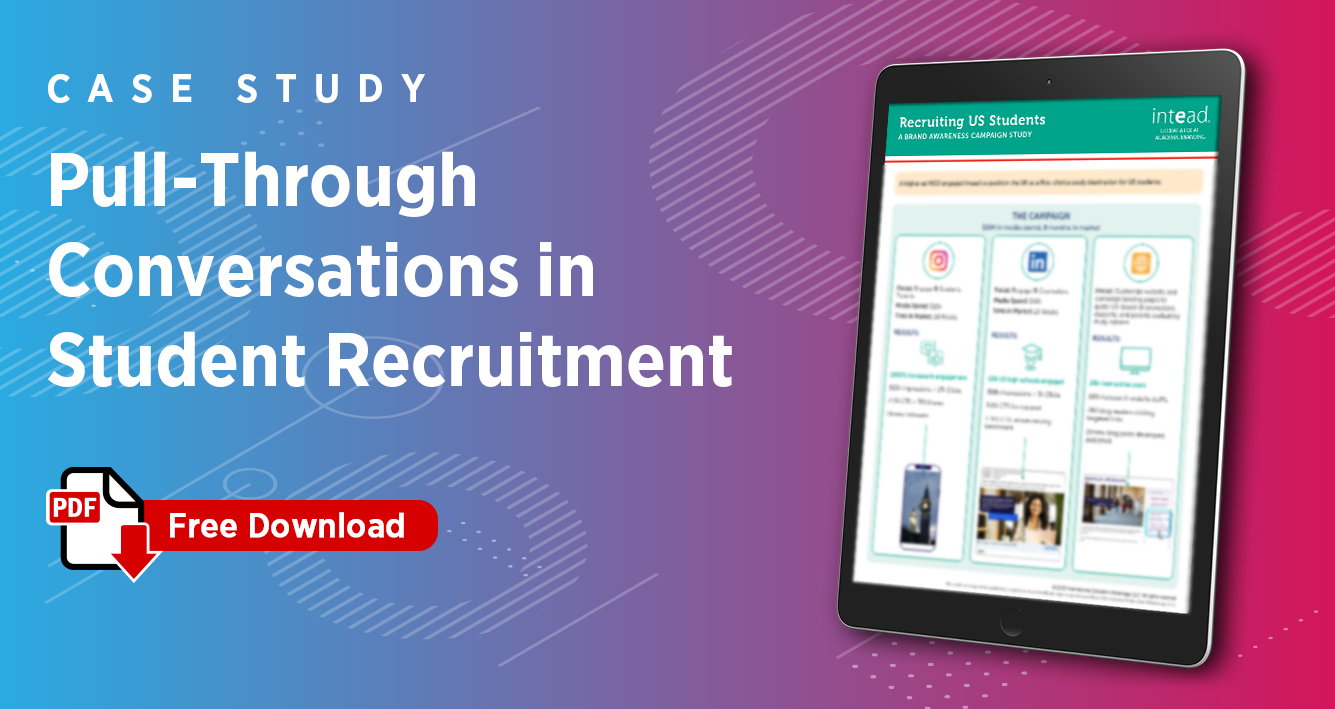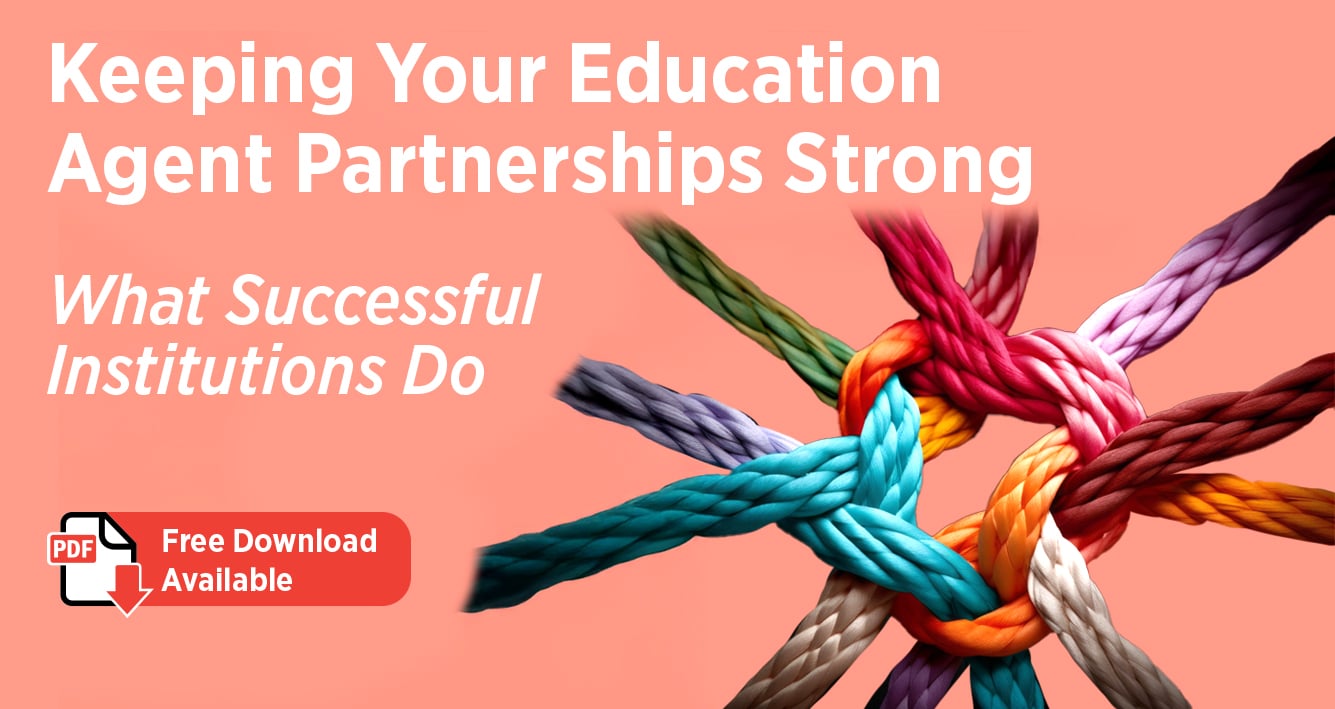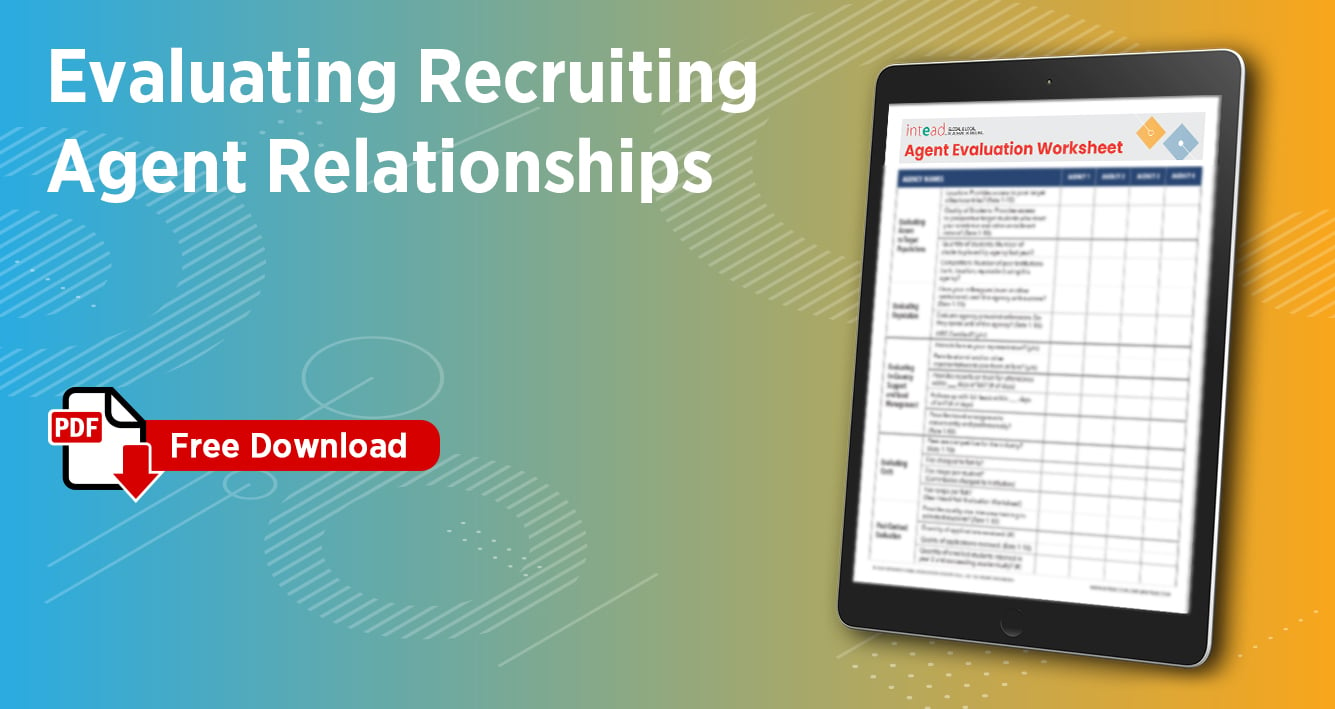Nothing forces the drive for clarity like experiencing chaos.
Good news in years like these, we suppose. The policy swings and shifts in student demand have tested every institution’s agility and fortitude. But for leaders paying attention, the volatility is forcing a refining of strategy and development of a sharper view of what truly drives enrollment growth.
Meet Intead!
- Find us at AIEA in DC in February, and ASU+GSV in San Diego in April. Be in touch to share a cup of coffee in person.
eBook Reboot: 88 Ways to Recruit International Students 2025 update. Your tactical toolkit for the year ahead. Covering all the bases in 10 quick-read chapters. Fosters great ideation discussions with your team.
NOTE: This week, our Recruiting Intelligence Blog will take its regular end-of-year break. We will see you again on Jan. 7, 2026, with our usual actionable future focus.
The institutions emboldened to act by realities of enrollment drops and general wariness around US travel are playing the long game. It’s the right move. Those who take a wait-and-see approach are already losing ground on future enrollment. But you already know this. And if you’ve been reading our blog, you also know:
- Why now is the right time to take international on a campus roadshow
- That your Career Services office is an underutilized gem
- Our NACAC takeaways on students, staffing, and new H-1B implications
- What enrollment teams need in times of ambiguity
Didn’t catch those topics? Read on…

